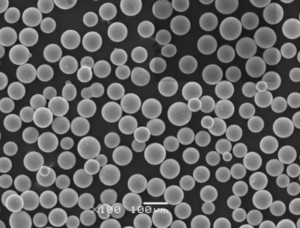FeCoNiCrAl tozu-Kulağa karmaşık geliyor, değil mi? İleri metalurji ve malzeme biliminin yükselen yıldızlarından biridir. Bu çok yönlü alaşım, yüksek entropili alaşımlar (HEA'lar) olarak bilinen ve olağanüstü mekanik özellikleri ve aşırı koşullar altında kararlılıklarıyla tanınan bir grubun parçasıdır. Peki ama neden bu kadar ilgi görüyor? Gelin bu ilgi çekici malzemeyi, benzersiz özelliklerini ve uygulamalarını inceleyelim.
FeCoNiCrAl Tozuna Genel Bakış
FeCoNiCrAl tozu, esas olarak demir (Fe), kobalt (Co), nikel (Ni), krom (Cr) ve alüminyumdan (Al) oluşan yüksek entropili bir alaşımdır. Bu alaşımlar özeldir, çünkü birden fazla ana elementi neredeyse eşit oranlarda dengeleyerek yüksek mukavemet, korozyon direnci ve termal stabilite gibi bir dizi büyüleyici özellik sağlarlar.
| Temel Özellikler | Detaylar |
|---|---|
| Kompozisyon | Demir (Fe), Kobalt (Co), Nikel (Ni), Krom (Cr), Alüminyum (Al) |
| Temel Özellikler | Yüksek mukavemet, korozyon direnci, termal stabilite, süneklik |
| Uygulamalar | Havacılık, otomotiv, enerji, biyomedikal ve eklemeli üretim |
| Benzersiz Satış Noktası | Entropi güdümlü kararlılıktan türetilen istisnai özellikler |
Bileşimi FeCoNiCrAl Toz
FeCoNiCrAl gibi yüksek entropili alaşımlar entropi stabilizasyonu kavramına dayanır. Birkaç metalin neredeyse eşit oranlarda karıştırılmasıyla, ayrı fazlara ayrılmak yerine tek fazlı bir katı çözelti oluştururlar. İşte bir döküm:
| Element | Rol |
|---|---|
| Demir (Fe) | Güç ve dayanıklılığı artırır |
| Kobalt (Co) | Manyetik özellikler ve sıcaklık kararlılığı sağlar |
| Nikel (Ni) | Tokluğu ve korozyon direncini artırır |
| Krom (Cr) | Korozyon direncini ve oksidasyon direncini artırır |
| Alüminyum (Al) | Oksidasyon direncine ve hafiflik özelliklerine katkıda bulunur |
Bu özel karışım mekanik, termal ve kimyasal özellikleri dengeleyen uyumlu bir alaşım oluşturur.
FeCoNiCrAl Tozunun Özellikleri
FeCoNiCrAl tozunu bu kadar özel yapan nedir? Bu sadece başka bir alaşım değil, ekstrem ortamlardaki malzemeler için oyunun kurallarını değiştiren bir alaşım. Şimdi öne çıkan özelliklerini vurgulayalım.
| Karakteristik | Açıklama |
|---|---|
| Yüksek Mukavemet | Geleneksel alaşımlardan daha güçlüdür, yüksek mekanik yüklere dayanabilir. |
| Termal Kararlılık | Yüksek sıcaklıklarda yapısal bütünlüğünü korur. |
| Korozyon Direnci | Oksitleyici ve korozif ortamlara karşı mükemmel direnç. |
| Süneklik | Esneklik sağlayarak kırılgan arıza riskini azaltır. |
| Hafif | Birçok geleneksel alaşımdan daha hafiftir, havacılık ve uzay gibi uygulamalarda enerji tüketimini azaltır. |
| Aşınma Direnci | Sürtünmeye ve mekanik aşınmaya birçok geleneksel alaşımdan daha iyi dayanır. |
FeCoNiCrAl Tozlarının Çeşitleri
İşte burada işler daha da ilginçleşiyor. FeCoNiCrAl tozları, belirli uygulamalar için özel olarak tasarlanmış çeşitli sınıflarda gelir. Aşağıda, benzersiz özelliklerini vurgulayan en az on spesifik modelin bir listesi bulunmaktadır.
| Model | Benzersiz Özellikler |
|---|---|
| FeCoNiCrAl-1 | Dengeli mekanik özelliklere sahip genel amaçlı kalite. |
| FeCoNiCrAl-2 | Gelişmiş korozyon direnci, deniz ortamları için ideal. |
| FeCoNiCrAl-Ti | Daha fazla tokluk ve aşınma direnci için titanyum içerir. |
| FeCoNiCrAl-Nb | Üstün yüksek sıcaklık performansı için niyobyum içerir. |
| FeCoNiCrAl-Cu | Gelişmiş termal ve elektriksel iletkenlik için bakır ilavesi. |
| FeCoNiCrAl-B | Daha iyi tane inceliği ve mekanik stabilite için borla güçlendirilmiştir. |
| FeCoNiCrAl-N | Yüksek gerilme oranları altında olağanüstü mukavemet için azotla stabilize edilmiştir. |
| FeCoNiCrAl-H | Hidrojen depolama ve yakıt hücresi uygulamaları için hidrojene dayanıklı kalite. |
| FeCoNiCrAl-Si | Ultra yüksek sıcaklıklarda daha fazla oksidasyon direnci için silikon ilavesi. |
| FeCoNiCrAl-W | Üstün aşınma ve sürünme direnci için tungstenle zenginleştirilmiş varyant. |
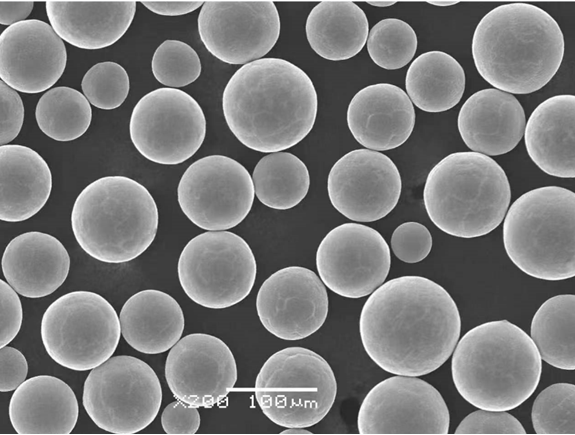
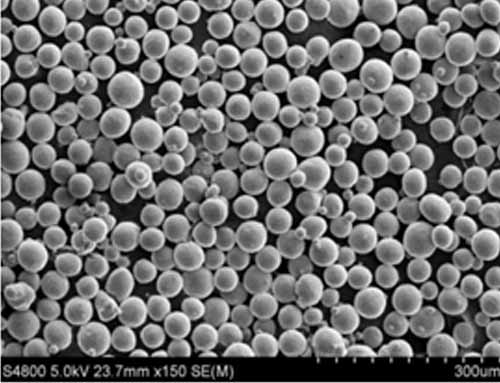
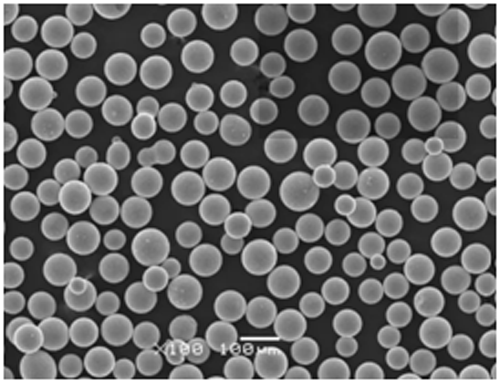
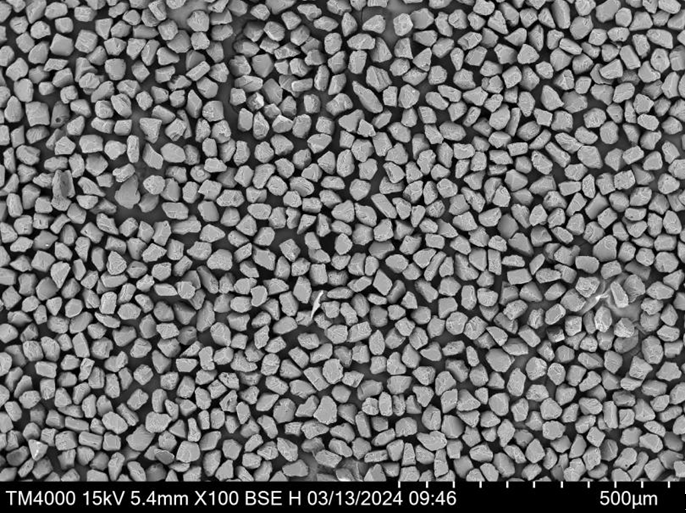


Uygulamaları FeCoNiCrAl Toz
FeCoNiCrAl tozunun çok yönlülüğü, çok çeşitli endüstrilerde yararlı olduğu anlamına gelir. En çok nerede parladığını keşfedelim:
| Endüstri | Uygulama |
|---|---|
| Havacılık ve Uzay | Türbin kanatları, roket bileşenleri ve ısı kalkanları. |
| Otomotiv | Yüksek performanslı araçlar için hafif, korozyona dayanıklı parçalar. |
| Enerji | Isı eşanjörleri, enerji santrali bileşenleri ve hidrojen depolama. |
| Biyomedikal | Biyouyumluluğu sayesinde implantlar ve protezler. |
| Katmanlı Üretim | SLM (Seçici Lazer Eritme) ve EBM (Elektron Işını Eritme) gibi toz yatağı füzyon teknikleri. |
| Savunma | Zırh bileşenleri ve kritik askeri donanım. |
| Elektronik | Yüksek performanslı elektrik kontakları ve termal yönetim sistemleri. |
FeCoNiCrAl Tozunun Avantajları
Neden diğer malzemeler yerine FeCoNiCrAl tozunu seçmelisiniz? Şimdi açıklayalım:
| Avantaj | Neden Önemli? |
|---|---|
| Üstün Mukavemet | Geleneksel alaşımlara kıyasla stres altında daha iyi performans gösterir. |
| Yüksek Çok Yönlülük | Hem aşırı sıcak hem de kriyojenik koşullar için uygundur. |
| Korozyon Direnci | Zorlu ortamlarda daha uzun süre dayanır ve bakım maliyetlerini azaltır. |
| Uyarlanabilir Kompozisyon | Temel yapısı değiştirilerek özel ihtiyaçlara göre uyarlanabilir. |
| Çevre Dostu | Uzun kullanım ömrü ve geri dönüştürülebilirliği sayesinde kaynak kullanımını azaltma potansiyeli. |
Teknik Özellikler ve Standartlar
Tutarlı performans sağlamak için, FeCoNiCrAl tozu katı spesifikasyonlar altında üretilmektedir.
| Şartname | Detaylar |
|---|---|
| Toz Boyut Aralığı | 15-45 µm, 45-105 µm (eklemeli üretim için yaygın). |
| Saflık | ≥ 99.9% |
| Standartlar | ISO 9001, ASTM F3049 (katkılı üretim için). |
| Yoğunluk | ~7,9 g/cm³ |
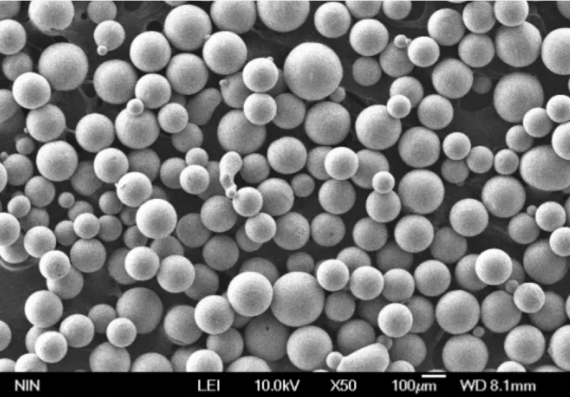
Tedarikçiler ve Fiyatlandırma
Doğru tedarikçiyi bulmak çok önemlidir. Aşağıda, yaklaşık fiyatlandırma detaylarıyla birlikte bazı popüler tedarikçiler yer almaktadır.
| Tedarikçi | Bölge | Fiyatlandırma | Notlar |
|---|---|---|---|
| AMETEK Uzmanlık | ABD | 250-350 $/kg | Havacılık ve uzay için yüksek kaliteli tozlar. |
| Höganäs AB | Avrupa | 200-300 $/kg | Küresel varlığa sahip güvenilir tedarikçi. |
| Sandvik Malzemeleri | Küresel | 220-320 $/kg | Toz boyutundaki tutarlılığı ile ünlüdür. |
| Marangoz Katkısı | ABD | 230-330 $/kg | Katmanlı üretim tozlarına odaklanın. |
SSS
| Soru | Cevap |
|---|---|
| FeCoNiCrAl tozu nedir? | Demir, kobalt, nikel, krom ve alüminyumdan yapılmış yüksek entropili bir alaşım. |
| Birincil uygulamaları nelerdir? | Diğerlerinin yanı sıra havacılık, otomotiv, enerji ve biyomedikal endüstrilerinde kullanılır. |
| Neden yüksek entropili alaşım olarak adlandırılır? | Çünkü birden fazla ana unsuru eşit veya eşite yakın oranlarda dengeler. |
| Geleneksel alaşımlarla karşılaştırıldığında nasıldır? | Üstün mukavemet, korozyon direnci ve termal stabilite sunar. |
| 3D baskı için uygun mu? | Evet, toz yataklı eklemeli imalat tekniklerinde yaygın olarak kullanılmaktadır. |
